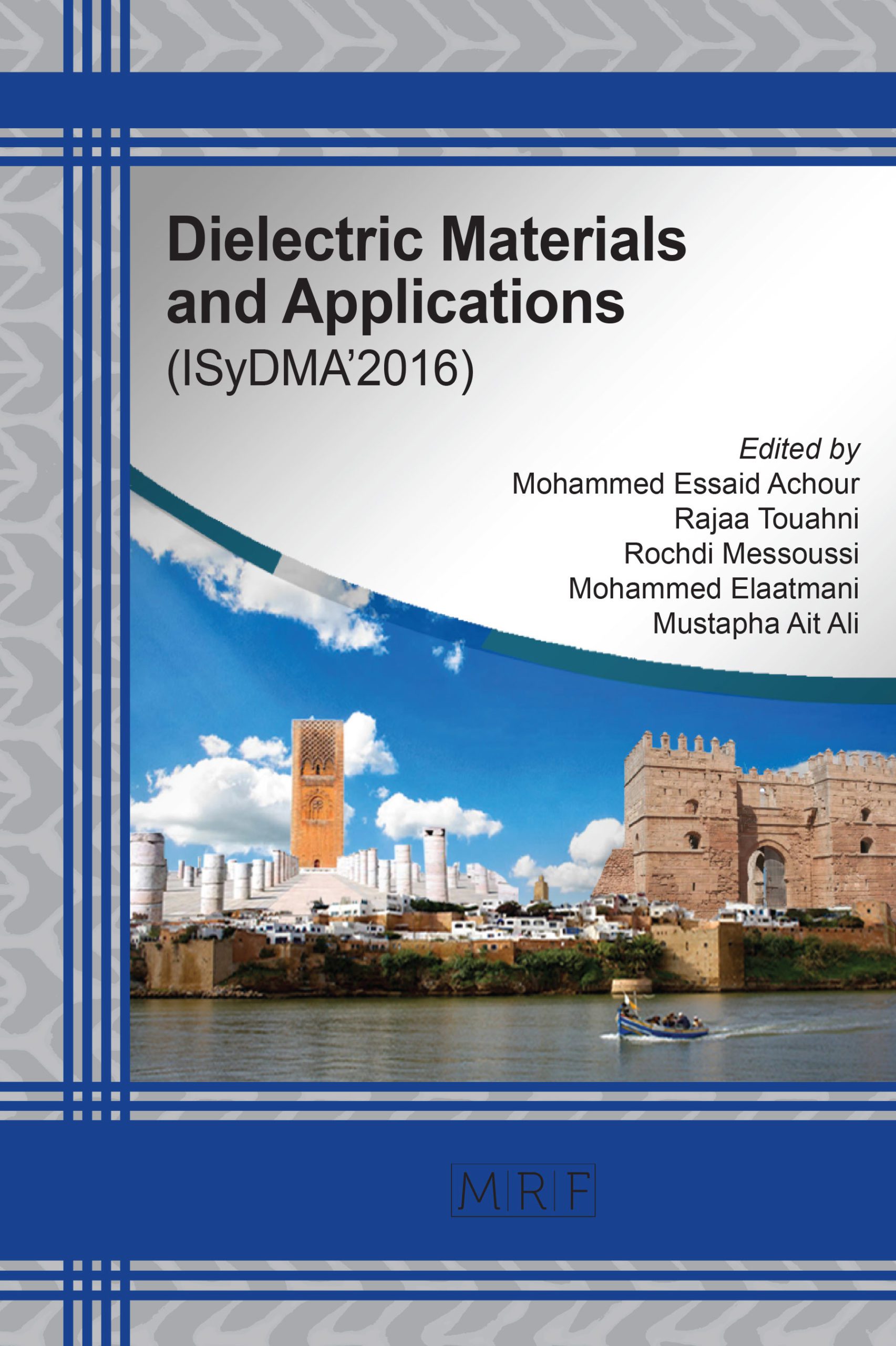A. ZOUITINE, A.IBRAL, E. FEDDI, E. ASSAID
Abstract. The combined effects of double dielectric mismatch, electron and hole effective mass mismatch and quantum confinement on the ground state energy and on the wave function of an electron and a hole confined in a spherical core/shell nanostructure, embedded in a dielectric matrix, or suspended in an organic solution or water are studied in the framework of effective mass approximation. The core/shell nanostructure is made by a spherical core fabricated with a small band gap semiconductor with dielectric constant epsilon1, coated with another spherical semiconductor having a large band gap with dielectric constant epsilon2. The structure is embedded in a dielectric matrix or suspended in an organic solution. Due to band offsets between core, shell and host matrix, electron and hole are confined in the smallest band gap material. The charge carriers are in interaction with a self-polarization charges appearing at the boundaries of each semi-conductor. The developed theoretical approach is applied to determine electron and hole energies and the variation of band gap as fuction of core and shell sizes in the cases of PbS/CdS single quantum dot.
Keywords
Dielectric Mismatch, Effective Mass Mismatch, Electron and Hole Energies, Core/Shell Nanostructure, Polarization Charges
Published online 12/10/2016, 4 pages
Copyright © 2016 by the author(s)
Published under license by Materials Research Forum LLC., Millersville PA, USA
Citation: A. ZOUITINE, A.IBRAL, E. FEDDI, E. ASSAID, ‘Consequences of dielectric mismatch on the engineering band gap of PbS/CdS core/shell quantum dots’, Materials Research Proceedings, Vol. 1, pp 147-150, 2016
DOI: http://dx.doi.org/10.21741/9781945291197-37
The article was published as article 37 of the book Dielectric Materials and Applications
References
[1]. Ekimov, A. I., Kudryavtsev, I. A., Ivanov, M. G. and Efros, A., L., J.Luminescence 46,83(1990). http://dx.doi.org/10.1016/0022-2313(90)90010-9
[2]. Yoffe, A. D., Adv. Phys.42,173(1993). http://dx.doi.org/10.1080/00018739300101484
[3]. Rossetti, R.,Ellison,J.L., Gibson,J.M.and Brus,L. E.,J.Chem.Phys.80, 4464 (1984).[4]. Brus, L., Appl. Phys.A53, 465 (1991).
[5] Zhenda Lu, Chuanbo Gao, Qiao Zhang, Miaofang Chi, Jane Y. Howe, Yadong Yin, Nano Lett.11(8), 3404 (2011). http://dx.doi.org/10.1021/nl201820r
[4] L. E. Brus, J. Chem. Phys. 80(9), 4403 (1984). http://dx.doi.org/10.1063/1.447218
[6] W. Russ Algar, Mario G. Ancona, Anthony P. Malanoski, Kimihiro Susumu, Igor L. Medintz, ACS Nano, 6 (12), 11044 (2012).
[7] Roberto Trevisan, Pau Rodenas, Victoria Gonzalez-Pedro, Cornelia Sima, Rafael Sánchez Sánchez, Eva M. Barea, Ivan Mora-Sero, Francisco Fabregat Santiago, Sixto Gimenez, J. Phys. Chem. Lett., 4 (1), 141 (2013). http://dx.doi.org/10.1021/jz301890m
[8] Jui-Ming Yang, Haw Yang and Liwei Lin, ACS Nano, 5 (6), 5067 (2011). http://dx.doi.org/10.1021/nn201142f
[9] Igor L. Medintz, Thomas Pons, James B. Delehanty, Kimihiro Susumu, Florence M. Brunel, Philip E. Dawson and Hedi Mattoussi, Bioconjugate Chem, 19 (9), 1785 (2008).
[10] A.R. Kortan, R. Hull, R.L. Opila, M.G. Bawendi, M.L.Steigerwald, P.J. Carroll, L. Brus, J. Am. Chem. Soc. 112 (1990)1327. http://dx.doi.org/10.1021/ja00160a005
[11] H.S. Zhou, I. Honma, H. Komiyama, J. Phys. Chem. 97 (1993) 895. http://dx.doi.org/10.1021/j100106a015
[12]. Asmaa Ibral, Asmaa Zouitine, El Mahdi Assaid, Hicham El Achouby, El Mustapha Feddi, Francis Dujardin. Physica B 458 (2015) 73–84. http://dx.doi.org/10.1016/j.physb.2014.11.009
[13]. V. A. Fonoberov and E. P. Pokatilov,A. A. Balandin Phys. Rev. B66 085310 (2002). http://dx.doi.org/10.1103/PhysRevB.66.085310
[14]. L. Li Tsung and J. Kuhn Kelin, Phys. Rev. B B47, 12760 (1993).
[15] D. J. BenDaniel, C. B. Duke, Physical Review 152(2), 683 (1966). http://dx.doi.org/10.1103/PhysRev.152.683
[16]. Joseph W.Hauss,H.S.Zhou, I .Honma, and H.Komiyama, Phys. Rev .B 13 ,15 (1993).































